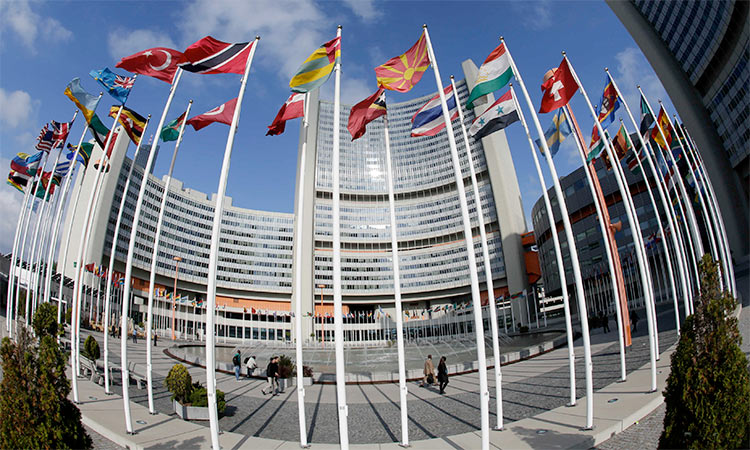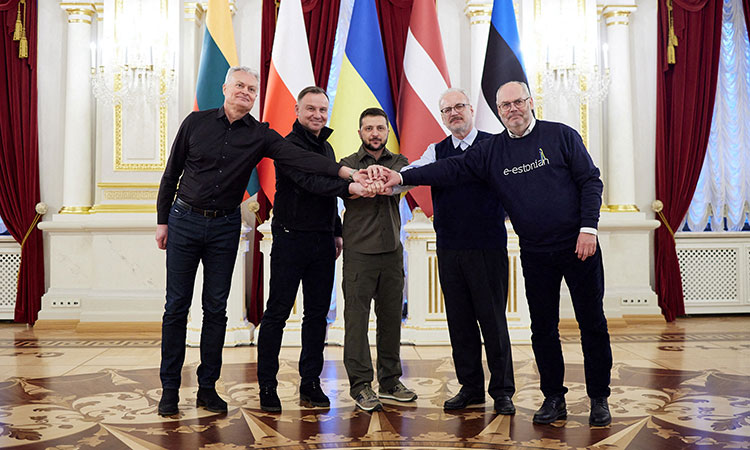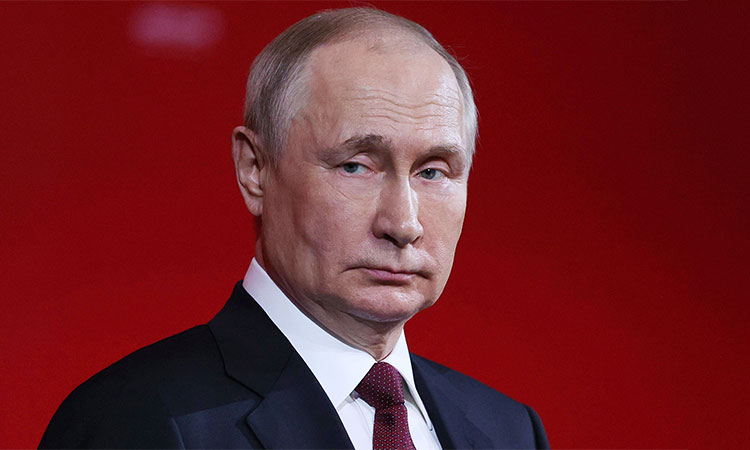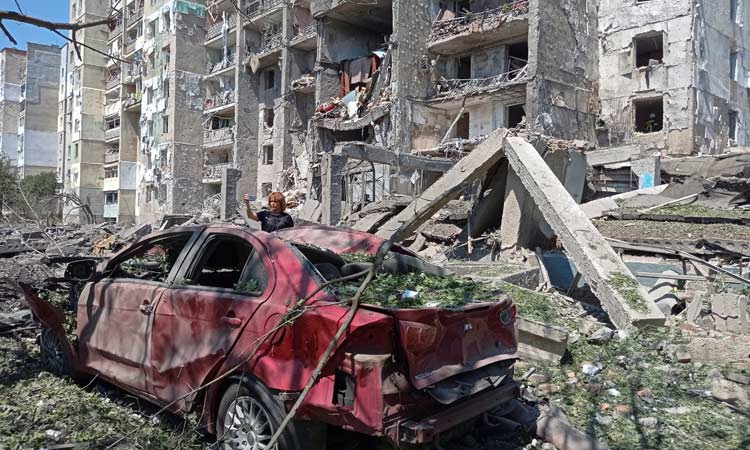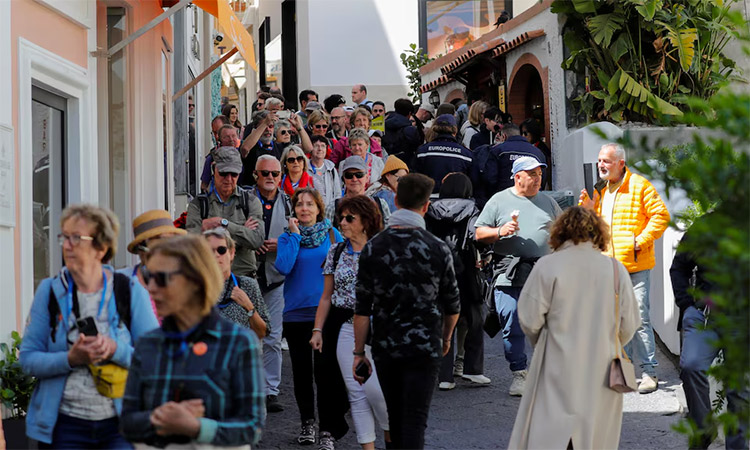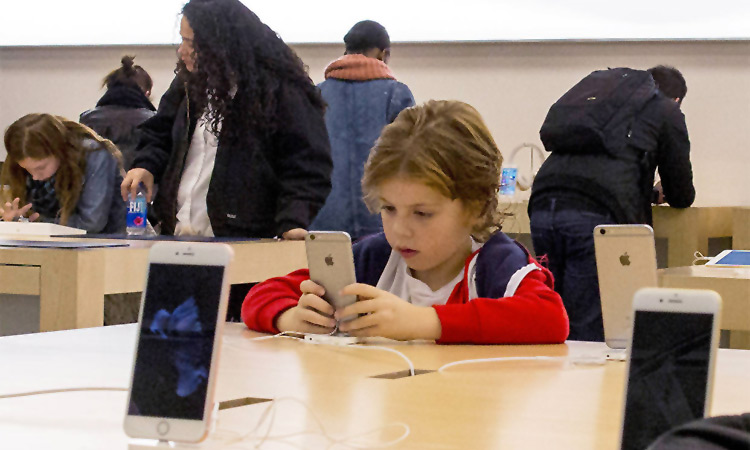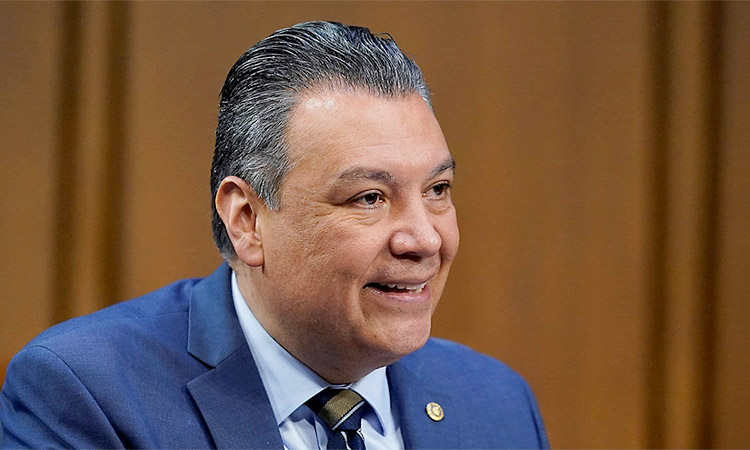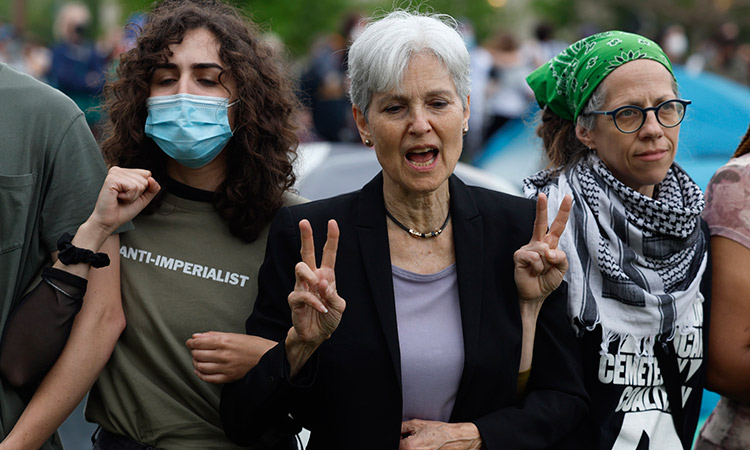Ukraine’s ‘liberated’ village struggles to recover
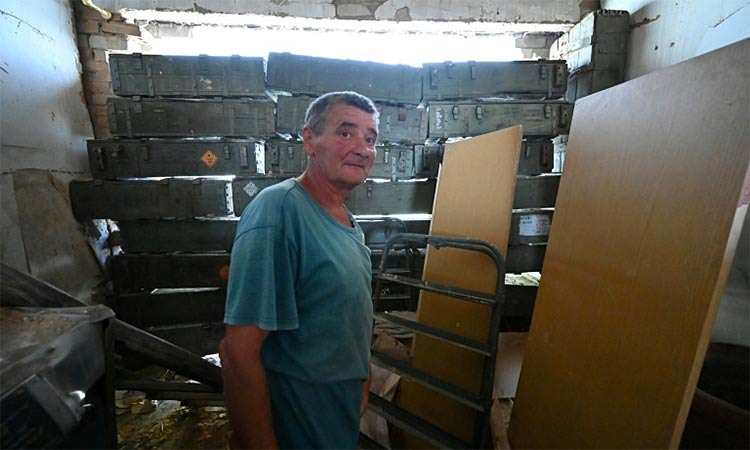
Oleksandr Kokovych, 58, shows his partially destroyed house in the village of Mala Komyshuvakha. AFP
Anuj Chopra, Agence France-Presse
Wooden ammunition crates ditched by retreating Russian forces are still piled up in Oleksandr Kokovych’s kitchen garden, a conspicuous symbol of the six-month occupation of his remote village in northeastern Ukraine. Moscow’s forces pulled out of much of the Kharkiv region bordering Russia last September, leaving behind smashed-up houses, mine-riddled farms and signs of what campaigners call war crimes, including torture centres and mass graves. Kokovych, a veterinarian, fled after Russian troops poured into his tiny village of Mala Komyshuvakha in March last year. He returned the following September and found his house in ruins. A year later, the 58-year-old is still awaiting building materials from the state to repair his war-battered roof, leaving him with the prospect of a second winter without one. With his rubble-strewn bedroom uninhabitable, Kokovych and his wife Galina are forced to live in their garage, while waiting for basic services to be restored.
With no electricity or cellphone service, villagers have to walk for miles just to make a call. Without a functioning fridge, the couple keep pots in their cold basement to preserve mainstay dishes such as borscht. “We thought everything would be restored quickly (after the Russians left) — electricity, gas and so on,” Kokovych said dangling a cigarette between his fingers.
“That hasn’t happened.” As he spoke, explosions rumbled in the background amid an apparent de-mining operation. Residents cautioned against wandering around the village, riddled with booby traps and mines left by Russian forces.
As Ukraine mounts an anti-Russian counteroffensive in the south and east of the country, it is struggling to rebuild areas seized in previous offensives such as Mala Komyshuvakha, located in the district of Izyum. Signs of destruction are visible all over the city of Izyum and its surrounding villages: smashed electricity poles, destroyed bridges and charred schools. The area was an early target of Russia’s full-scale invasion, launched in February 2022. Izyum mayor Valery Marchenko said that the large-scale destruction meant it would take “decades” to rebuild. Restoring power in remote villages requires extensive demining, he said, adding the priority is populated areas that have seen the worst devastation. “This is a complex problem,” he said. “We have to prioritise.”
Kokovych’s village appears to be a low priority. Only 15 people currently inhabit Mala Komyshuvakha, including some who endured the Russian occupation, compared to a pre-war population of about 120. Kokovych pointed at neighbourhood homes to illustrate his isolation — the man next door, dead; the adjacent house owner, dead; the house next to his, destroyed. After de-occupation, Kokovych found his dog, Max, in his basement — miraculously alive after months of separation — and grenades and anti-tank shells in his backyard, which he said were handed over to the Ukrainian military. Also strewn around were dozens of olive-green ammunition boxes, indicating that Russian forces were using his house as a base.
Kokovych has repurposed some of the boxes to plug the space left by a collapsed wall inside his house. Other boxes are stacked up like a fence around his kitchen garden to absorb the blast wave from any future explosions. As the couple walked around the shell-ravaged property, spent bullets casings crunched under their feet. Tank tracks led to a huge crater that they believe was a dugout for a Russian armoured vehicle. In what used to be their living room, Russian forces left behind a rusting wood-fired oven apparently used by the occupying troops. Mala Komyshuvakha was spared the worst of the abuses reported during Izyum’s occupation. Russian forces “routinely tortured” people detained in multiple facilities, including schools, subjecting them to electric shocks, water boarding and severe beatings, according to Human Rights Watch. Ukrainian officials reported a mass burial site near Izyum with more than 440 bodies, in what Amnesty International called a “macabre reminder of the cost of Russian aggression”. Aided by local collaborators in Izyum, Russian forces maintained a “blacklist” of people they wanted to eliminate, imprison and torture, Czech criminologist Petr Pojman told AFP, citing interviews with survivors.
Tamara Mishchenko, 54, said the soldiers occupying Mala Komyshuvakha claimed to be hunting “Nazis” and “Banderovtsy” — a Kremlin-promoted term used by Russia to refer to Ukrainian nationalists. Mishchenko stayed throughout the occupation, saying her family could not abandon dozens of farm animals including cows and ducks.
The destruction and lack of services mean conditions now are “worse” than before the occupation, she said, questioning the sacrifice of a family member deployed on the frontline. “What is he fighting for? For this mess?” she said. Kokovych, however, is determined to rebuild, vowing never to leave even if the village was reoccupied. “Even if they start shooting, we will not leave,” he said. “This is our land.”
